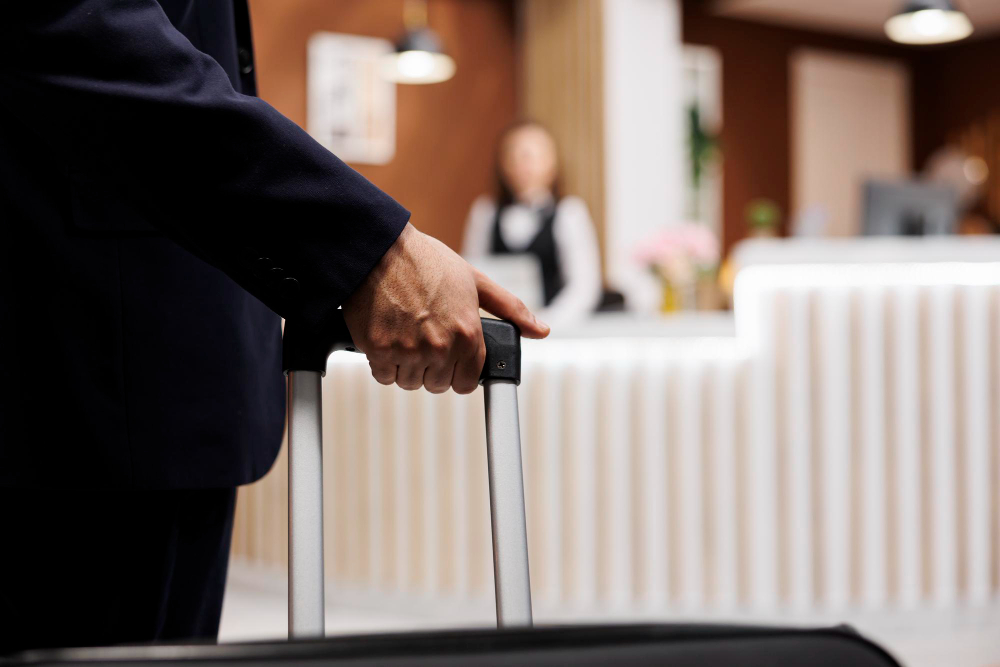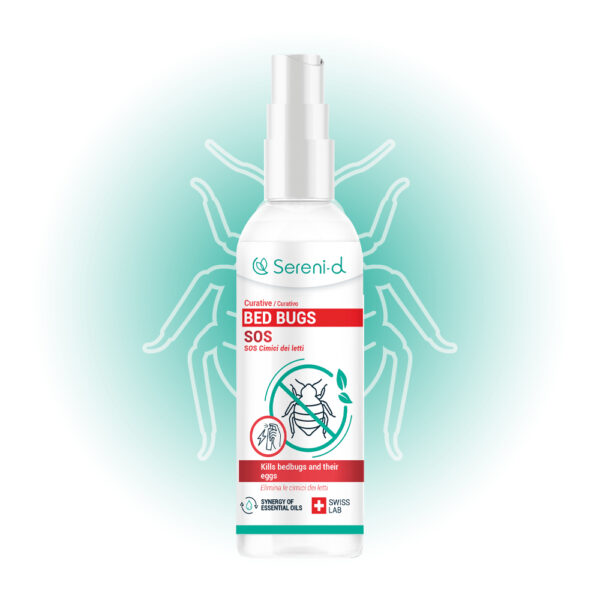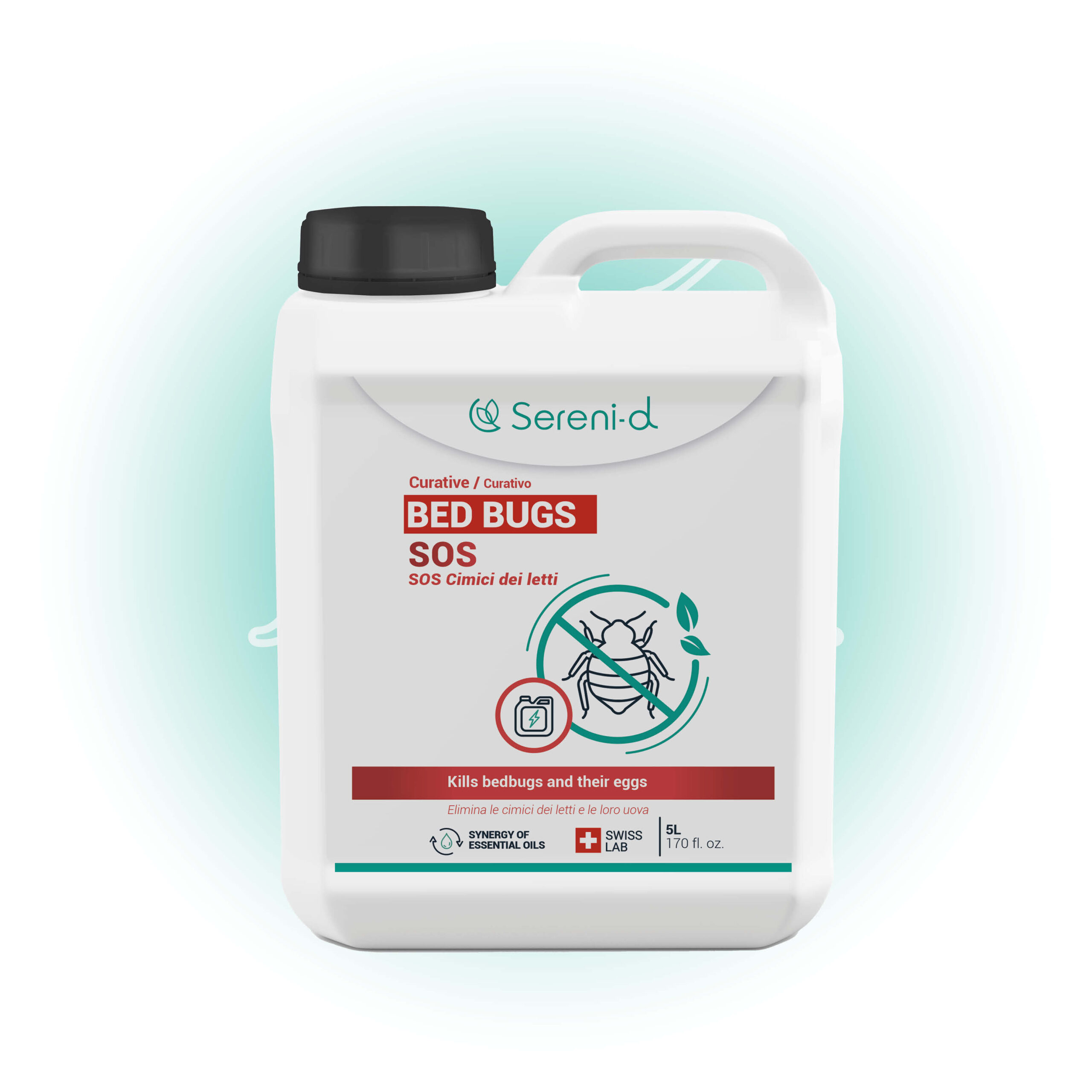Metros, university residences, cinemas, retirement homes, etc. Bed bugs are on the rise in public places. Since the 1990s, this small blood-sucking insect has been spreading rapidly. According to the Chambre Syndicale de Désinfection, Désinsectisation et Dératisation (CS3D), there are now more than one million treatment interventions per year. Which public places are most at risk? How can you protect yourself? How can you avoid bringing them home with you? Can you claim compensation? Here is everything you need to know.
Key information
➡️ Bed bugs are not linked to poor hygiene: they feed on human blood and take advantage of our movements to spread.
➡️ Certain public places are more exposed: transport (stations, high-speed trains, underground), schools and university halls of residence, hospitals, retirement homes, cinemas, holiday cottages and prisons.
➡️ There are signs that can help you spot their presence: clusters of bites, black spots on sheets and mattresses, a distinctive smell, traces of blood or moulted skins.
➡️ Taking simple precautions can limit the risk of bringing them home with you.
➡️ In some cases, it is possible to claim financial compensation.
➡️ Prevention is a shared responsibility: establishments, local authorities and users must work together to ensure hygiene and limit the spread.
Public places: an ideal breeding ground for bed bugs
Contrary to popular belief, bed bugs are not attracted to dirt, but to human odour and the carbon dioxide we release when we breathe. These insects simply seek out a place close to their food source: our blood.
This is why they can be found in high-end hotel rooms as well as university halls of residence and local cinemas.
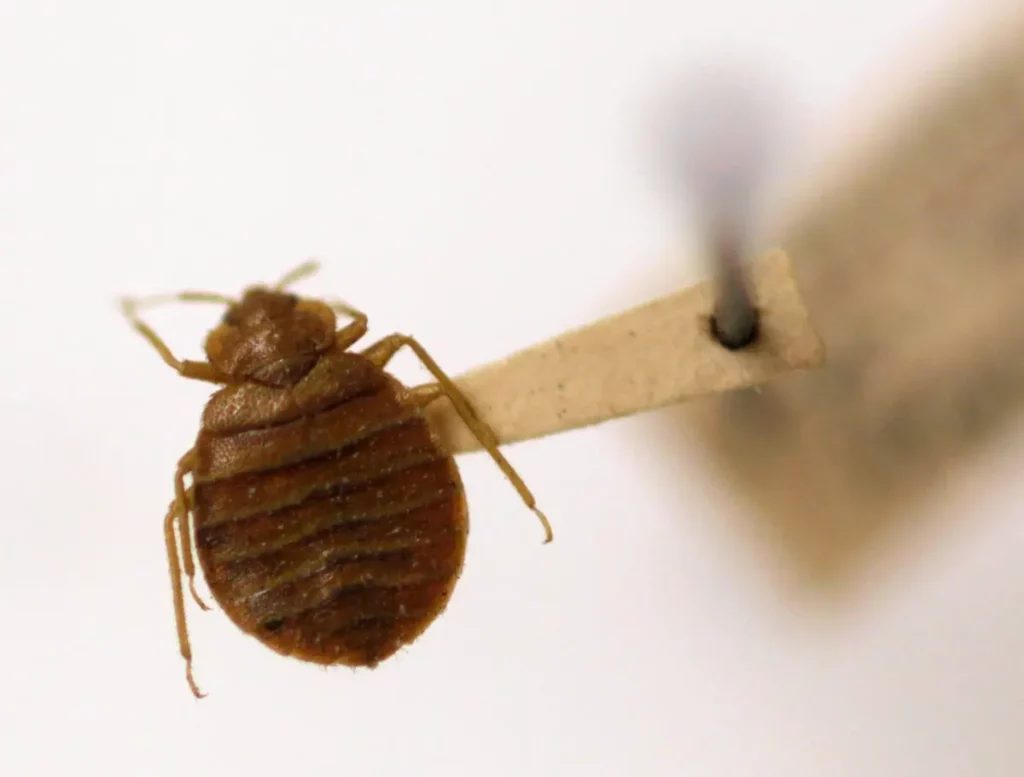
Insects that take advantage of our travels
Bed bugs, for example, can hide in:
- a bag or suitcase left in a dormitory or hostel,
- a coat left on a seat on the underground or bus,
- bedding in a guesthouse or hotel (mattress, bed base, mattress cover, sheets),
- wooden furniture sold at a flea market or market,
- rubbish thrown in the street,
- subway seats and even aeroplanes,
- armchairs and curtains in a public place such as a cinema or community hall.
Once trapped in a fabric or object, they can easily travel from one place to another. This is how a bedbug can leave a private home and end up in another place miles away, sometimes in just one night.
Areas that are difficult to treat
Once they have settled in a public place, bed bugs are very difficult to eliminate for several reasons:
- Too large an area to treat: stations, hospitals, university residences and prisons sometimes have hundreds of rooms, dormitories, armchairs and beds to inspect. Comprehensive treatment requires considerable human and technical resources.
- Multiple hiding places: curtains, bed bases, sheets, wardrobes, furniture, but also cracks in walls or skirting boards… Bedbugs can sneak into the smallest of spaces. In a cinema, for example, every seat can become a bedbug nest.
- Sometimes insufficient resources: some town halls or municipal facility managers do not have sufficient budget to finance multiple rounds of heat or chemical treatment, which are essential to eliminate infestations. The result: interventions are insufficient, and the bedbugs reappear a few nights later.
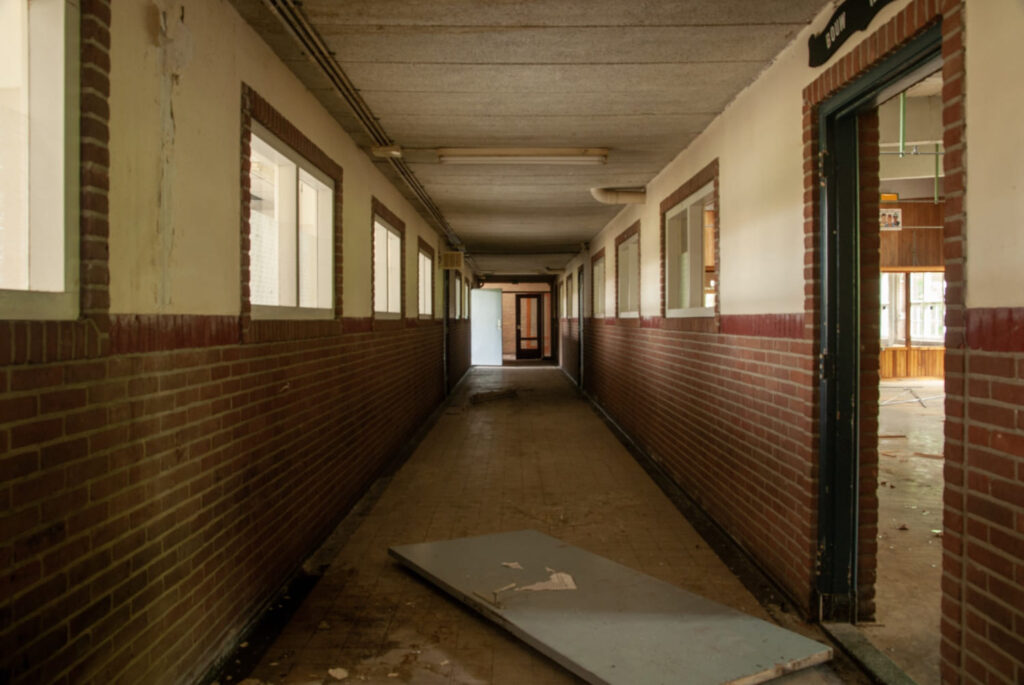
Which public places are most at risk?
Transport hubs (stations, underground stations, high-speed trains)
Public transport is particularly at risk due to the constant flow of passengers. Carpets, rugs, curtains and seats are popular hiding places for bed bugs.
There has been a recent increase in the number of infestations, particularly on high-speed trains.:

Schools, colleges, nurseries, universities
Schools are vulnerable to bed bugs. The start of the school year is a particularly high-risk period.
With holidays and trips abroad, the chances of students carrying bed bugs with them are multiplied. This is especially true as cases of infestation increase in summer.
In addition to classrooms, bed bugs can also settle in dormitories. This is becoming increasingly common in university residences.
Sometimes closure is unavoidable, as was the case at the law faculty in Aix-en-Provence following the report of bed bugs in a lecture theatre..
Hospitals, nursing homes, healthcare facilities
In these establishments, where patients are often vulnerable, the consequences of an infestation (itching, stress, insomnia) can be more serious. It is also a daily challenge for healthcare staff. For example, the emergency department at a hospital in Boulogne-sur-Mer was temporarily relocated for disinfection after bed bug infestations were discovered. (dna.fr)
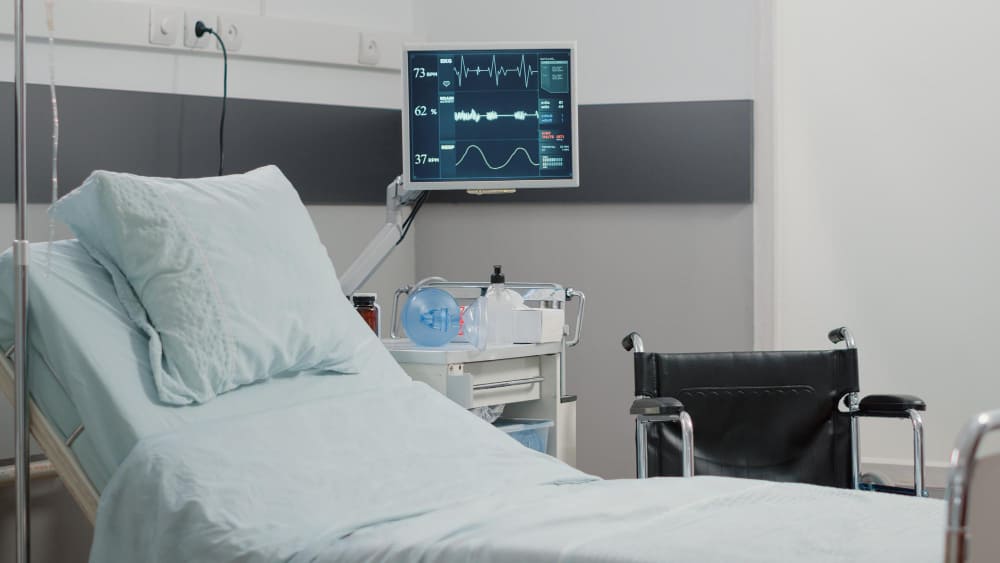
Cinemas and leisure venues
These relaxation areas are often furnished with upholstered furniture, curtains and carpets. Bedbugs can easily settle in these materials.
At the UGC Ciné Cité Bercy cinema in Paris, members of the public were bitten in the darkened auditoriums.
Prisons
Although less publicised, prisons are among the highest-risk public places due to their high population density, dormitories, shared bedding, and frequent turnover of inmates. This was the case, for example, at the Villeneuve-lès Maguelone prison, south of Montpellier..

How can you spot bed bugs in a public place?
Bed bugs are small insects measuring a few millimetres in length. Although visible to the naked eye, bed bugs are discreet and know how to hide. Here are some signs to look out for to detect their presence:
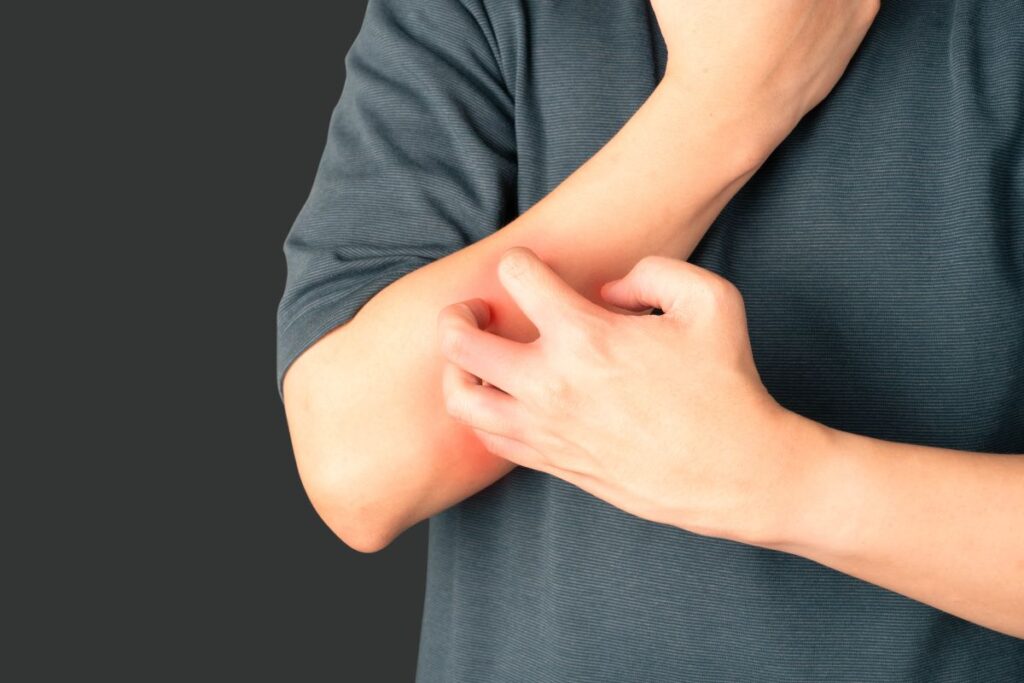
On your skin
- Night-time itching that appears after sleeping in a shared bed or sitting in a chair for a long time.
- Clusters or rows of bites after visiting a public place.
In the immediate environment
- Unusual sweet or acrid odour in the bedroom, dormitory or affected area (typical odour emitted by a heavy infestation).
- Visible insects: small brown spots the size of an apple seed.
- Black or brown spots on sheets, curtains, armchairs or mattresses (excrement).
- Small traces of blood on sheets, bed bases or mattress covers, often after spending the night there.
- Translucent shells or moulted remains stuck in the seams of bedding or on furniture.
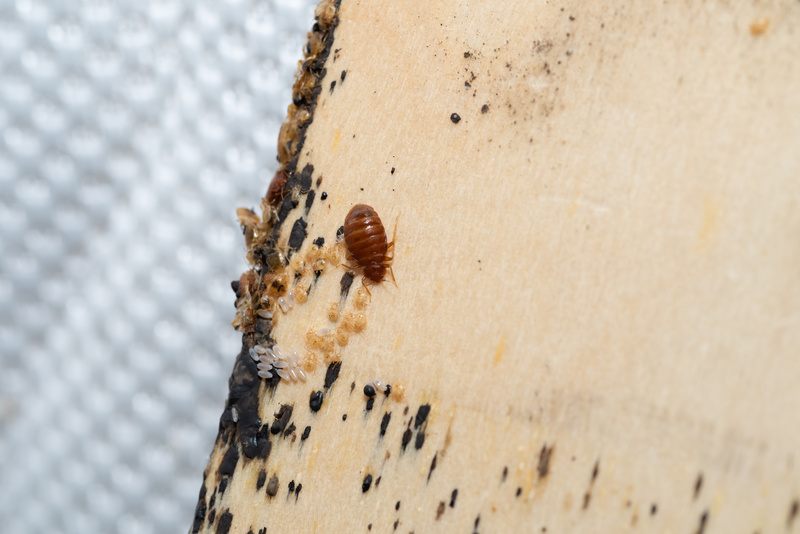
How can you protect yourself in public places?
There are simple steps you can take to limit the risk of contamination and avoid bringing bed bugs home with you.
When travelling
➡️ Avoid placing your belongings on the floor in stations, waiting rooms, swimming pools or communal areas. Choose hard surfaces (tables, chairs) where bedbugs find it harder to climb.
➡️ On public transport (underground, bus, train), quickly inspect the seat before sitting down. A quick glance at the seams or armrests may be enough to spot any suspicious stains.
➡️ In cinemas, discreetly shake your clothes as you stand up to remove any insects.
➡️ Inspect the bedding (mattress, bed base, sheets, mattress protector) before going to bed. Also check the curtains and wardrobe.
➡️ If you are sleeping in a dormitory, hostel or mountain refuge, keep your luggage closed in a sealed bag or on a raised surface rather than on the floor.
➡️ Do not leave your clothes in a pile on the bed or chair: hang them up or store them in a closed bag.
Back home
➡️ Wash your clothes at 60°C or tumble dry them on a hot setting (at least 30 minutes). This method kills bedbugs, their eggs and larvae.
➡️ For delicate fabrics, freeze them at -20°C for 72 hours.
➡️ Vacuum your luggage (inside, seams, fastenings) and then throw the vacuum cleaner bag into a sealed bin bag.
In sensitive establishments
Hospitals, retirement homes, nurseries and other establishments open to the public must be extra vigilant:
➡️ Regular use of bed bugs with mattress covers for mattresses, bed bases and pillows,
➡️ Steam treatment of armchairs, curtains and textiles, clear protocol to prevent and combat bed bugs.
SOS Bed bugs
• Super-powerful curative spray for bed bugs
• Eliminates 100% of all bed bugs (eggs, larvae, adults)
• Immediate, safe, long-lasting protection
• Over 200,000 satisfied Sereni-d® customers
CONCENTRATED FORMULA – MAXIMUM RESULT
In stock
Can I claim compensation if I am bitten by bed bugs in a public establishment?
Being bitten by bed bugs in a public place can have unpleasant consequences: itching, allergic reactions, stress, and even costs associated with treating clothing and personal belongings. The question of compensation is therefore legitimate.
The responsibility of establishments
A public institution has a legal obligation to ensure the cleanliness of its premises and to guarantee the health and safety of its users.
If bed bugs are found and measures are not taken quickly, the establishment may be held liable.
👉 See also: Bed bugs in the workplace: what you need to know
How to assert your rights?
- Immediately report any bites and the suspected presence of bedbugs to the person in charge of the premises (management, town hall, customer service).
- Keep evidence: photos of bites, infested clothing, testimonials from other users.
- Consult a doctor in the event of a severe skin reaction: their certificate can support a claim for compensation.
- Then send a written complaint to the establishment (or to the town hall for a municipal location).


When can you get compensation?
When staying in a hotel, Airbnb, guesthouse or hostel, you can request a refund for your stay or a gesture of goodwill after being bitten.
For more information:
In public establishments (cinemas, stations, etc.): compensation may be claimed if you can prove a direct link between your bites and the place you visited.
The importance of collective prevention
Responsibility is shared between establishments, authorities and users. By working together, it is possible to limit the spread of bed bugs in public places, protect everyone’s health and avoid costly and repetitive interventions.
Here is a series of essential preventive measures.
For establishments open to the public
- Train staff: recognise the signs of infestation and know how to react quickly.
- Implement regular protocols
- Use canine detection: a method that is 95% reliable and already used in some hotels, prisons and hospitals.
- Maintain sensitive areas: use bed bug-proof covers for bedding, regularly steam clean armchairs and curtains, and limit clutter.
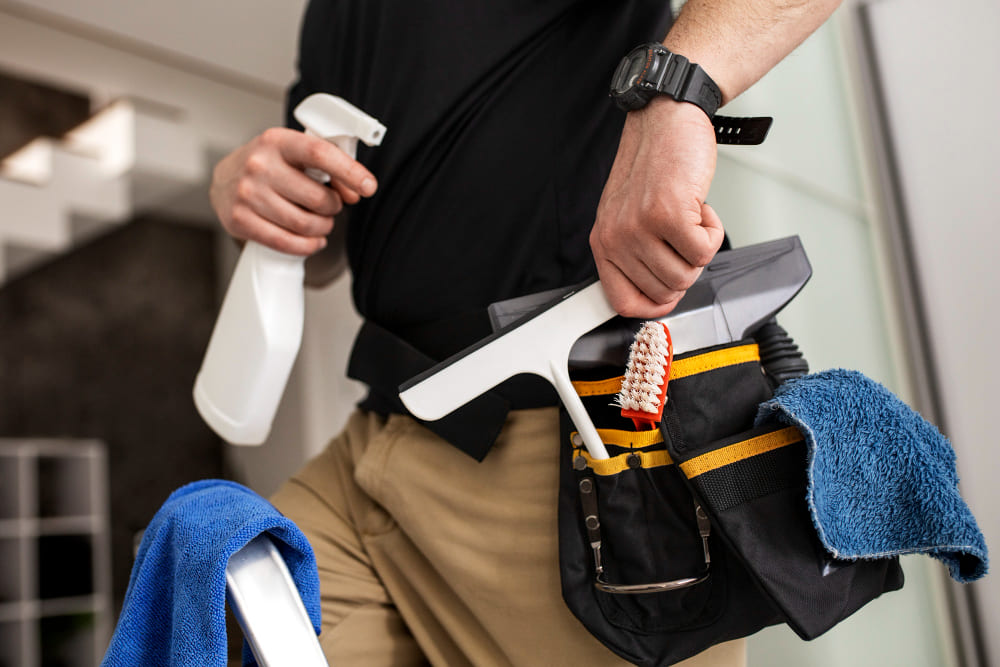

- Inform the public: awareness campaigns in schools, nurseries, municipal swimming pools and other communal areas.
- Support interventions: by providing budgets or partnerships with specialised companies.
- Ensure health and safety.
For users
- Adopt the right habits: report any suspicions without shame, avoid leaving your belongings on the floor, wash your clothes after staying in a dormitory or hostel.
- Contribute to the collective effort: by notifying those in charge and complying with the protocols in place.
